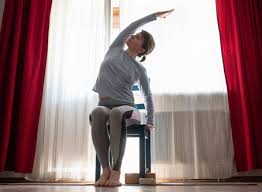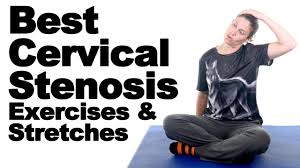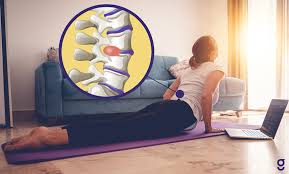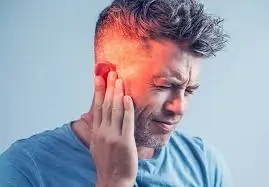Ketogenic Diet
Introduction The Ketogenic Diet is a low-carbohydrate, high-fat eating plan that shifts the body’s metabolism from using glucose to burning fat for energy. This process, known as ketosis, helps promote weight loss, improve energy levels, and may support better blood sugar control. Losing weight and reducing your chance of contracting specific diseases are two health…



